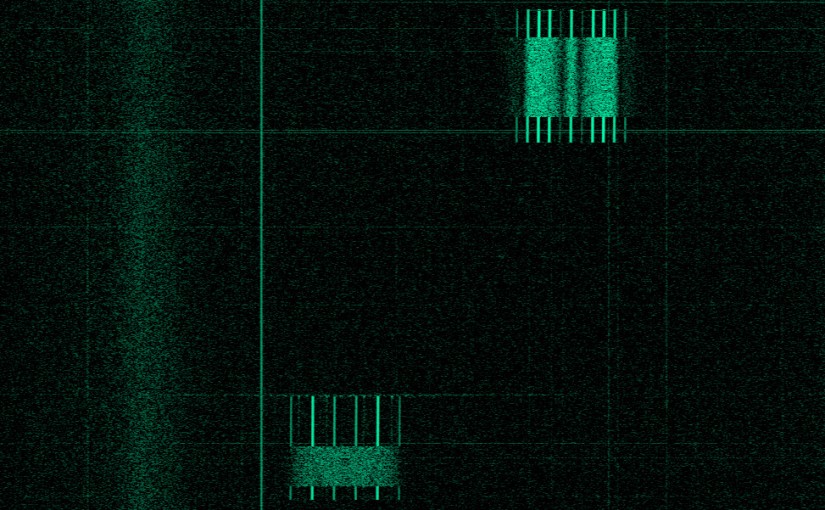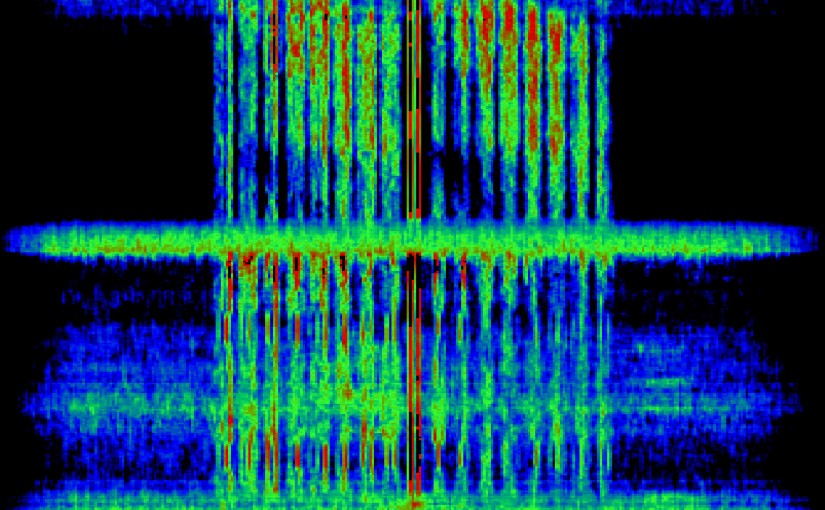Recently, Mike DK3WN pointed me to some decoder software for the satellite GOMX-3. This satellite is a 3U cubesat from GomSpace and transmits in the 70cm Amateur band. It has an ADS-B receiver on board, as well as an L-band SDR. As far as I know, no Amateur has decoded packets from this satellite previously, and Mike had some problems running the decoder software. I have taken a look at the software and tried my best to decode some packets from GOMX-3. So far, I have been able to do Reed-Solomon decoding and get CSP packets. However, I don’t have the precise details for the beacon format yet. Here, I describe all of my findings.
Tag: digital modes
Testing microphone performance for Codec 2
Codec 2 is the open source and patent-free voice codec used in FreeDV, a digital voice mode used in amateur radio. Since Codec 2 is designed to be used at very low bitrates (the current version of FreeDV uses 1300bps and 700bps), it does an adequate job at encoding voice, but can’t encode well other types of sounds, and thus fails poorly in the presence of noise. Hence, microphones which may be good enough for other applications can give poor results when used for FreeDV (if, for instance, they pick up too much ambient noise or have too much echo). This is a small note about how to test the microphone performance for Codec 2.
Decoding LilacSat-2 telemetry
After having my first QSO through the Harbin Institute of Technology amateur radio satellite LilacSat-2, I decided to give a serious try to the telemetry decoding software. This is available as a GNURadio module. A Linux distribution with all the proper software installed and configured is provided, for an easy use. However, I have used GNURadio in the past, so I wanted to try to setup the GNURadio module directly on my machine.
The web page for LilacSat-2 gives also a description of the different telemetry formats. The satellite has an SDR radio transmitting on 437.200MHz. This radio is used for the FM amateur radio transponder and also to transmit several different telemetry formats. The satellite also transmits telemetry on 437.225MHz, presumably using a different (non-SDR) radio and a different antenna, so that the satellite can keep transmitting telemetry even if the SDR system fails. Typically, when the FM transponder is disabled, the satellite will transmit 9k6 BPSK telemetry on 437.200MHz and 4k8 GFSK telemetry on 437.225MHz. These can be seen in the picture above, which was made using my RF recording and baudline. The packet on the upper right is 4k8 GFSK and the packet on the lower left is 9k6 BPSK. Notice the slight slant due to Doppler.
Listening to the FreeDV net by WebSDR
Since I’m away from my usual QTH, I decided to join yesterday’s FreeDV net by listening through the University of Twente WebSDR and giving signal reports on the QSO Finder to the stations transmitting.


